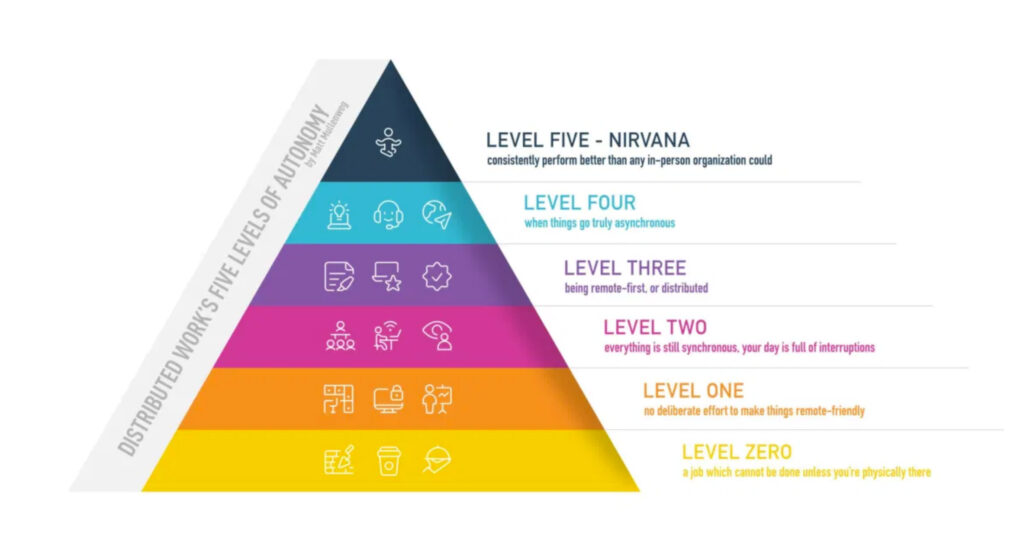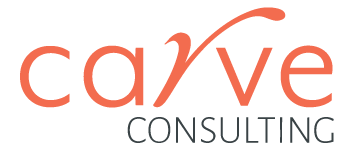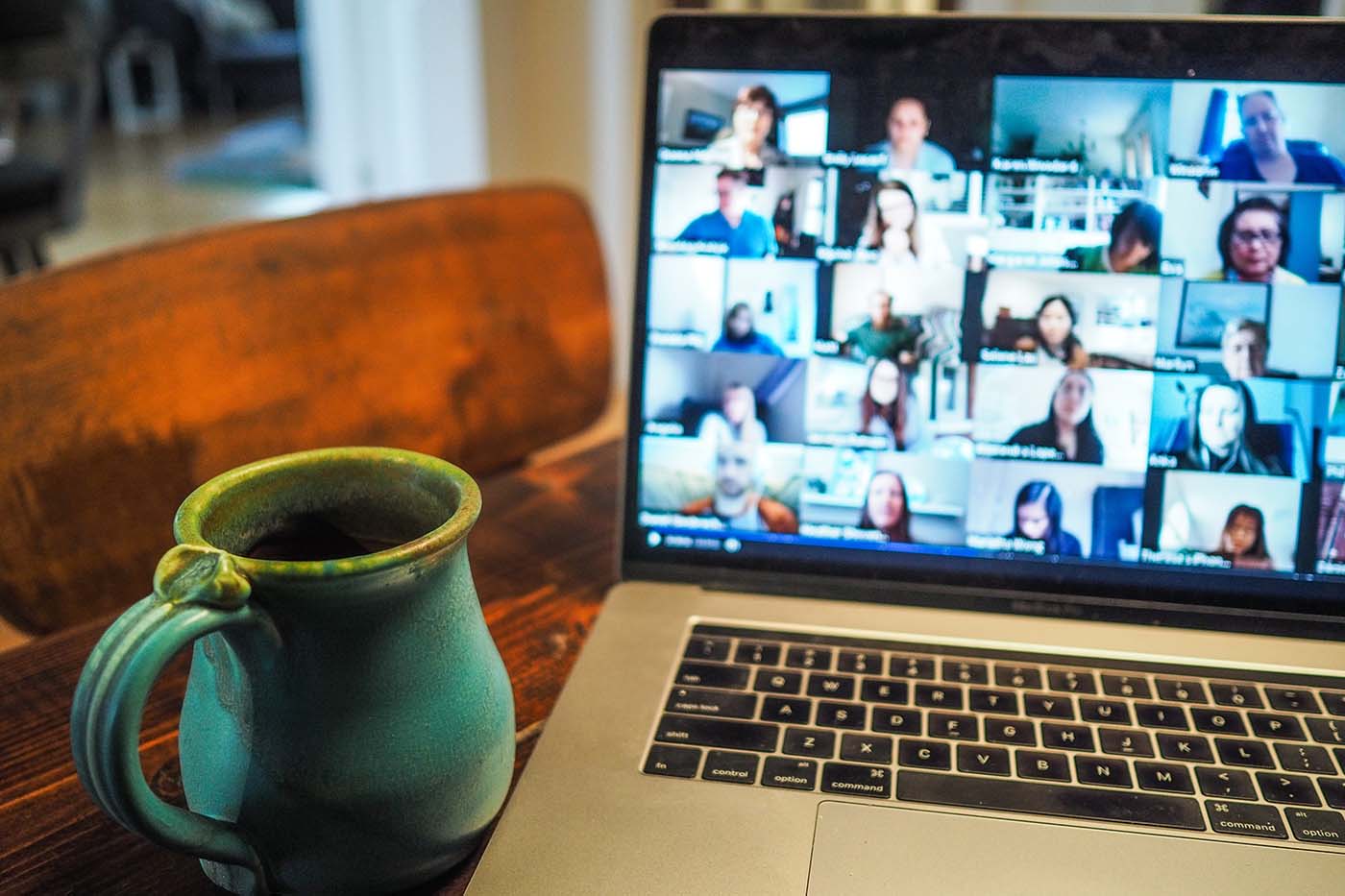When some workplaces moved from office based to remote working in 2020, the approach by a number of organisations was to change where employees worked but not change how they worked. Many are have found that remote working, and managing distributed teams effectively, isn’t just a matter of changing the physical location but also the way that the team works (location vs process).
Managing a remote working is nuanced and has various stages or design, logistical and employee needs.
Companies that pride themselves on being “remote first”, designed the operations of the business from the ground up with the understanding that employees may not be co-located. To date these have been mainly tech businesses, and some have been taking this approach for more than 10 years.
One such organisation is Automattic, the company behind WordPress. Their Founding Developer and CEO, Matt Mullenweg has intentionally created a distributed company of 1,100 employees. To help other organisations better understand the stages of remote working/distributed companies he created a model of autonomy. This model goes from cautious exploration of remote possibilities to a fully realised distributed business.

After working remotely, as part of WiserLife and other organisations, I’ve experienced a 4-stage design approach to remote teams. The below 4 stage model is specific to knowledge workers, and doesn’t address Matt’s level 0 in the model above, that applies to jobs where you need to be present in a particular location (eg. nurses, farmers, tradespeople, manufacturing workers, etc).
Level 1
This is the traditional centralised, in-person office, operating 5 days per week or more depending on operations.
Level 2
Office as preferred location, with some systems for staff that travelled for work or needed occasional work-from-home flexibility. While there were systems in place for remote working, there isn’t a shift in workplace culture or practices to support the people working remotely from the main office. At this stage there is often 2 teams – office based and remote based. Meetings are still a big part of the working day for many, whether to bring these two groups together, to share information or to discuss an idea.
Level 3
Flexible workplace. Choice of working from company office or another location. At this stage processes, communications and way of working is independent of the location, with processes applying to all equally. Asynchronous communications is the primary mode of communication, with meetings (phone, video or in-person) being reserved for making time-sensitive decisions or building social connection. At this level the company’s hiring policy takes into consideration the skills and attitudes that make an employee a good fit in a distributed environment. Skills such as self awareness, self direction, decision making, written communications, and handling ambiguity are highly valued. Overheads are minimised with reduced office space and equipment.
Level 4
Fully distributed workplace. No central head office. Employees are given the autonomy and flexibility to work to deliver outcomes, at a time and place that works for the individual, the company and the project they are currently working on. The work of the employee isn’t tied to where they do it. All aspects of the business are designed with a distributed team in mind. This means companies are able to access the best person for the job, regardless of where in the world they live, and the organisation has no office space overheads.
Many of the businesses that very quickly pivoted to remote working for employees when the COVID-19 pandemic started transitioned to level 2, while some that were able to take a more thoughtful proactive approach are at level 2.5 or 3.
It may only seem a small step between the levels, but each ones requires a conscious and deliberate effort for change by both managers and employees.
Remote may not work in all situations
Some organisations may not be suited, or have the progressive culture, to successfully navigate remote working. A distributed company works when the majority of the team embrace the changed nature of the workplace. If the leadership team are not fully onboard, then remote working will fail. If the teams aren’t on board then there will be a disconnection and distrust that will result in poor productivity.
So, even though remote working has been imposed on many, if you want to make a step towards greater flexibility it is worth the investment of time and planning to change the workplace culture, and create sustainable long-term operations.
With ongoing uncertainty outside our control, and inability to predict even the short term, building flexibility into your workplace will create agility to adapt further change the future may bring.

